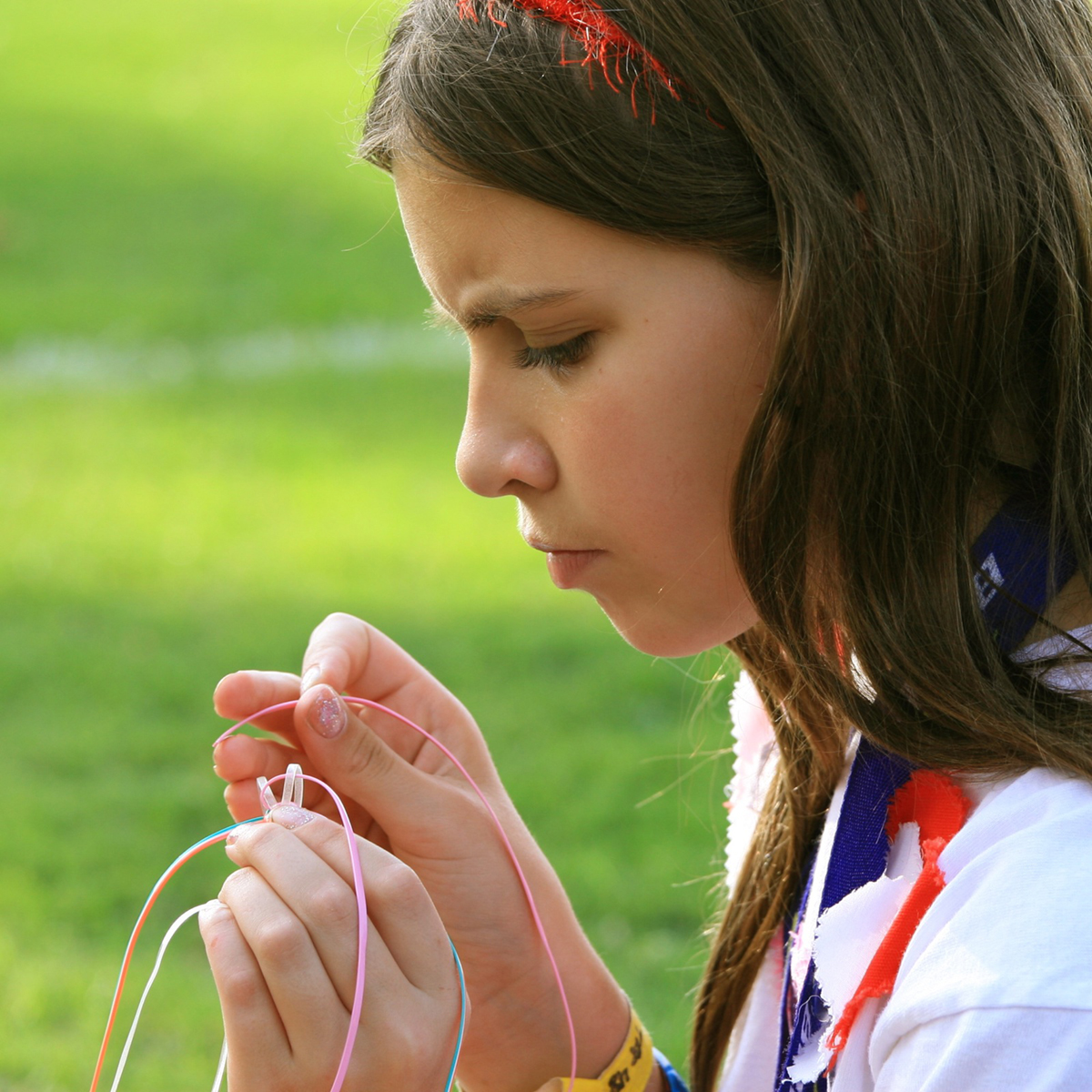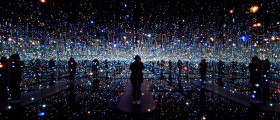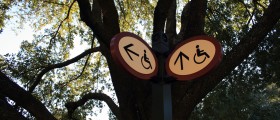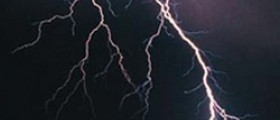
Altered State of ConsciousnessAltered state of consciousness, or altered state of mind, includes changes in the content and functioning of the consciousness. Most people enter an altered state of consciousness in dreaming. Also, altered state of mind can be induced by sensory deprivation or overload, neurochemical imbalance, high fever, seizure, trauma, chanting, meditating, trance or psychedelic drugs.
Non-Reflective Consciousness
Some theories claim there are six states of “non-reflective consciousness” wherein self-consciousness is absent. They include: Bodily feelings. They are result of non-reflective awareness in the organs and tissues in the body that became self-consciousness in a presence of certain stimuli. This can be pain or hunger that intensifies bodily feelings. Stored memories. They become self-consciousness when person reactivates them. Coma. Coma is the state of non-reflective consciousness of the whole body for extended period of time. It can be induced by illness, seizures and brain damages. Stupor. It is a state of mental numbness that can result from psychosis, narcotics or alcohol abuse. Non-rapid eye movement. It is a sleep stage that is characterized by low mental activity. Rapid eye movement (REM) – A sleep stage where the dreams occur.Reflective Consciousness
States of reflective consciousness or self- consciousness are: Pragmatic consciousness. This refers to “normal” consciousness state when person is awake, alert and rational. Lethargic consciousness. Refers to severe drowsiness that may be result of fatigue, lack of sleep, depression or some drugs. Hyperalert consciousness. This can be result of intensive alertness for longer period of time that can be caused by sentry duty, watching over a sick person or specific drugs (amphetamines).Other Types of Consciousness
Types of consciousness that vary in degree of altered state include following: Rapturous consciousness. Rapturous consciousness refers to intense and overwhelming emotions that can be induced by sexual stimulation, religious zeal or consumption of certain drugs.
Hysterical consciousness. This can be caused by negative and destructive feelings such as rage, jealousy, fear, anxiety or by particular drugs.
Fragmented consciousness. Refers to consciousness that is fragmented, separated, punctuated by pauses rather then complete. Many recreational drugs cause this type of mental state as well as brain injury, or severe psychological stress over a period of time. Relaxed consciousness. This mental state occurs when there is no external stimulation for any mental or motor activity. This can be caused by sunbathing, floating in water or certain drugs. Daydreaming. It is a visionary fantasy that can be brought by boredom, social isolation or sensory deprivation (deprivation of normal external stimuli such as sight or sound). Trance consciousness. State of consciousness which person can enter through variety of techniques such as hypnotism, drugs, sound, sensory deprivation, and starvation or exhaustion. Expanded consciousness. This type can result from psychedelic drugs, hypnosis, meditation or prayer. It includes four levels. The first one is the sensory level where person notices changes in space and time. The second level is the recollective-analytic level where person gains an insight in things related to himself or herself. The third level is the symbolic level that is characterized by vivid visual imagery of symbols. And the last is the integrative level where person becomes disintegrated of self, illuminated and confronted with divinity.
















Your thoughts on this
Loading...